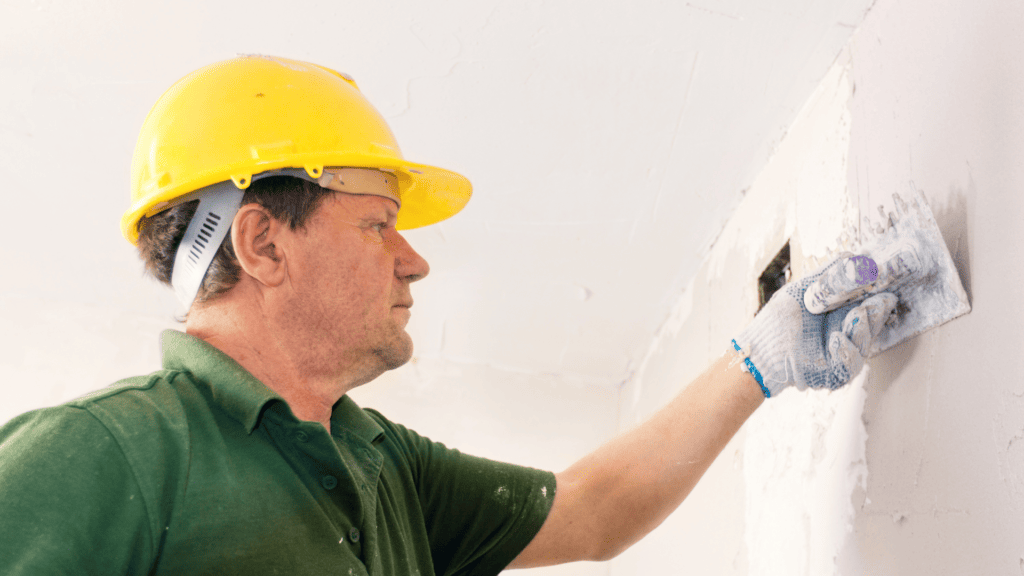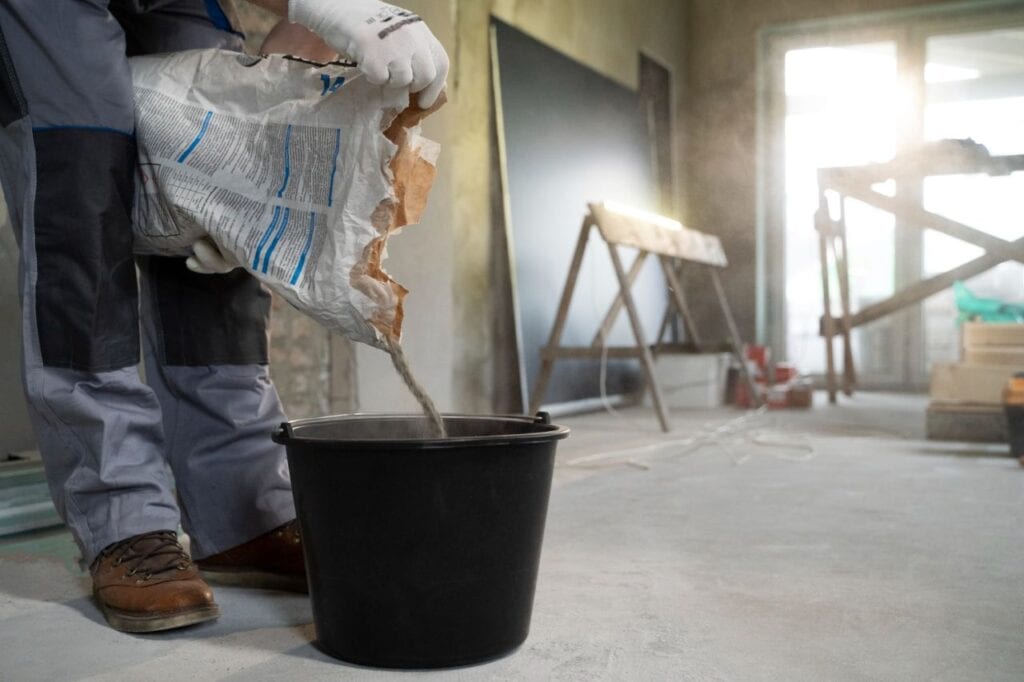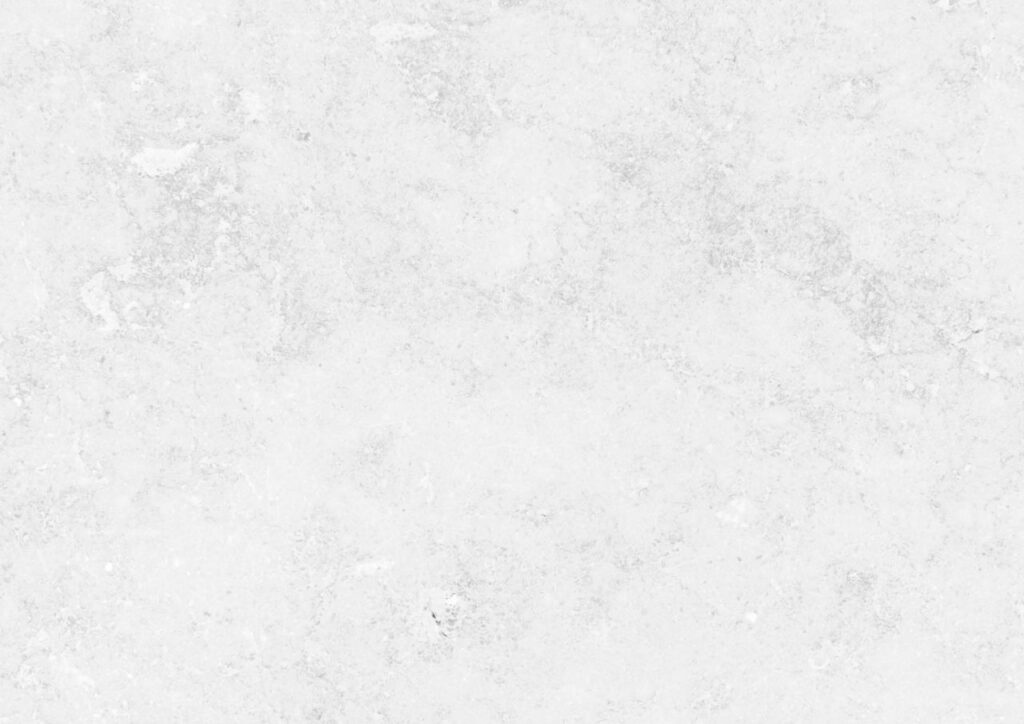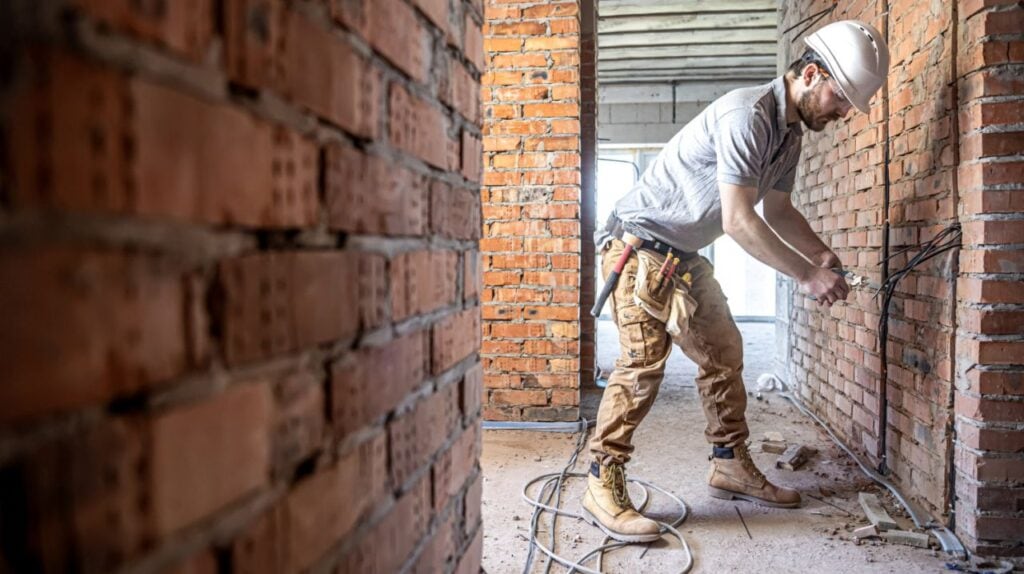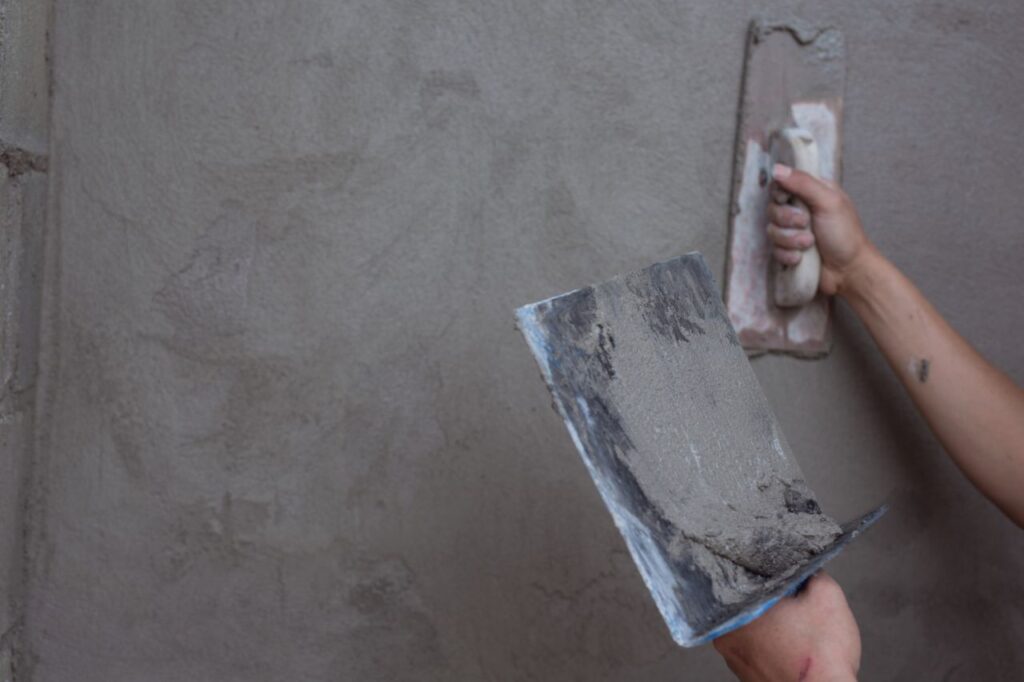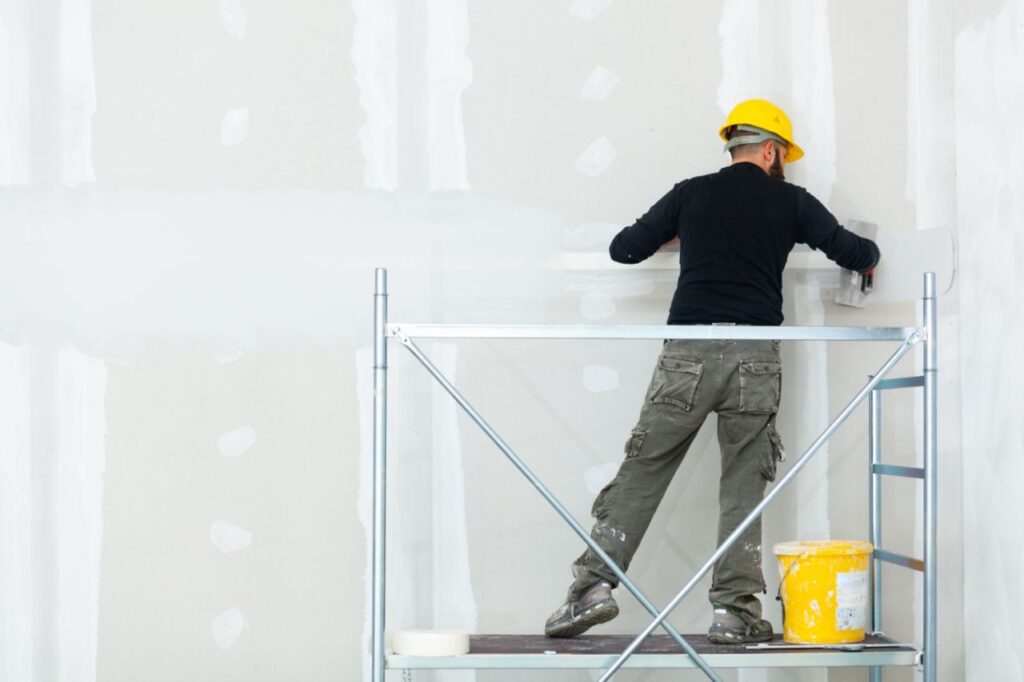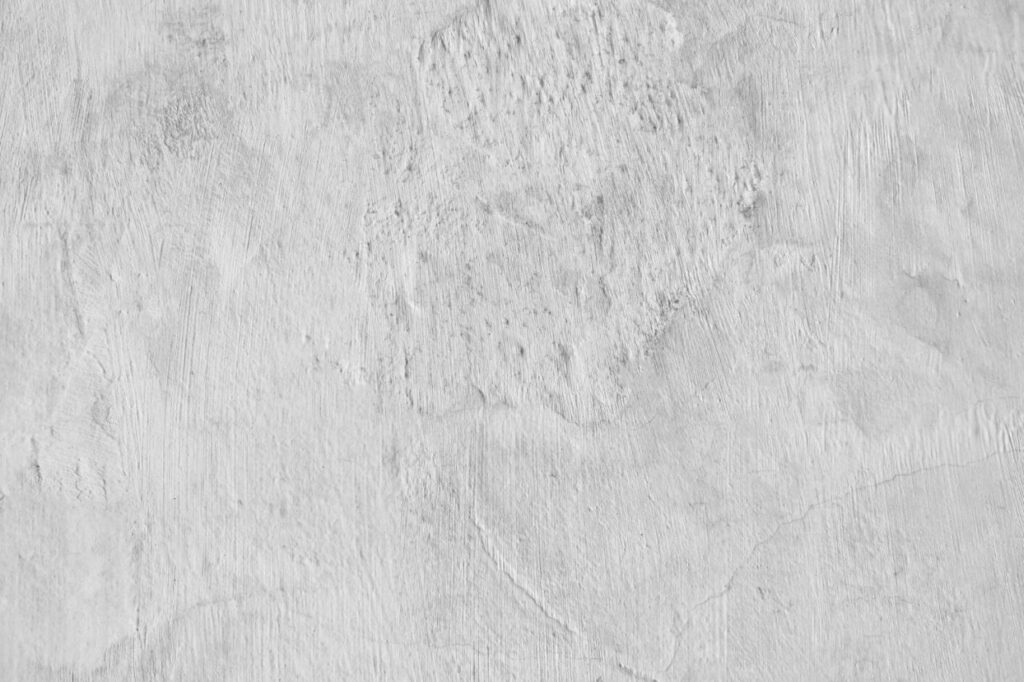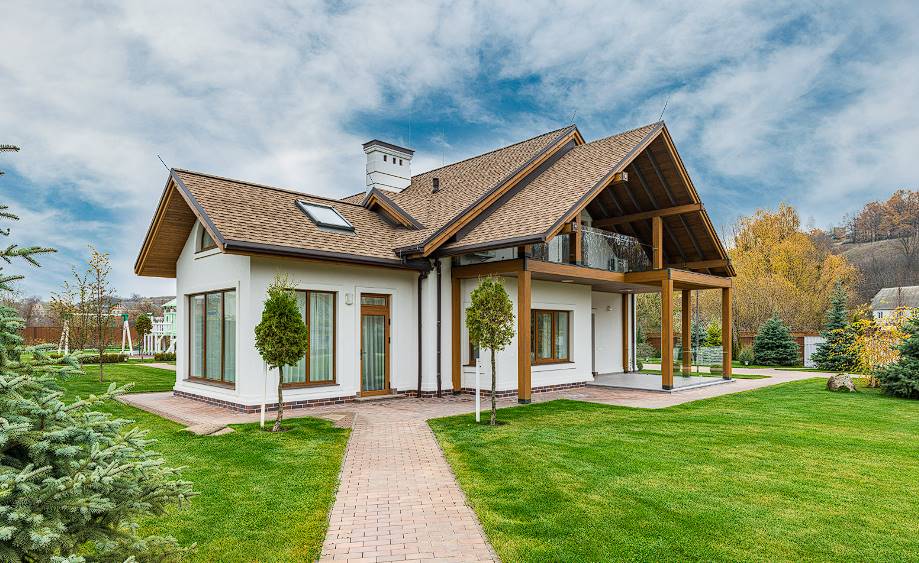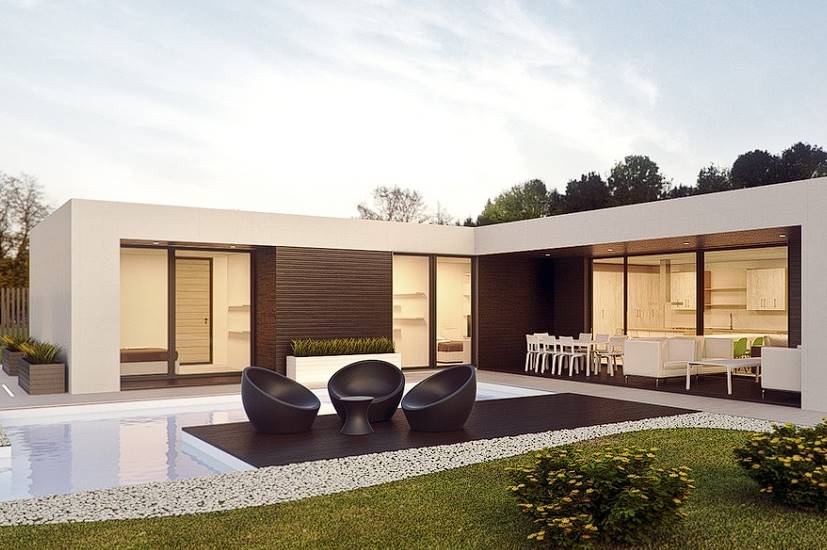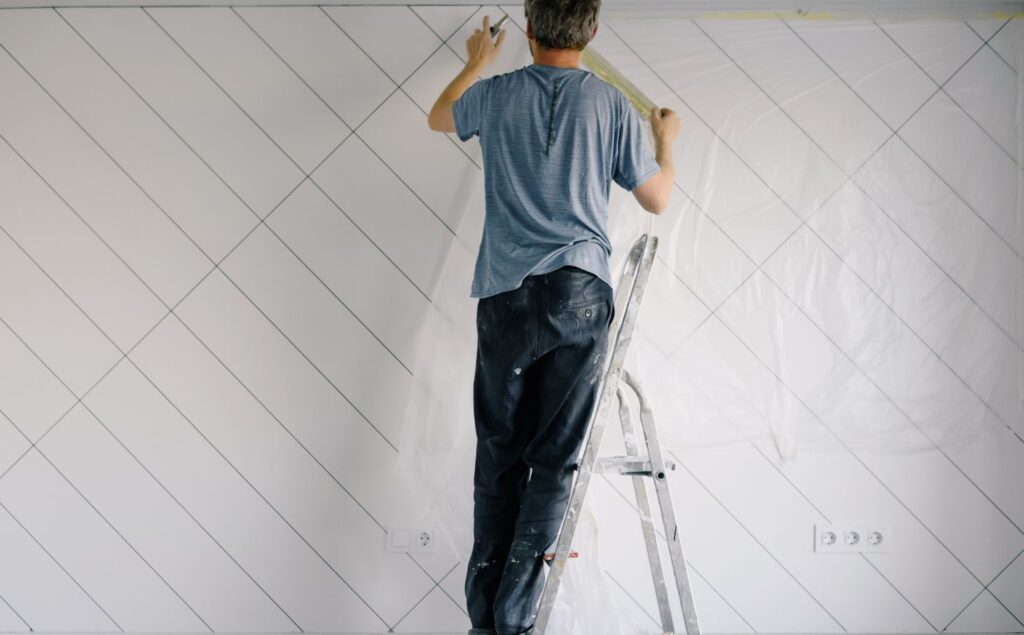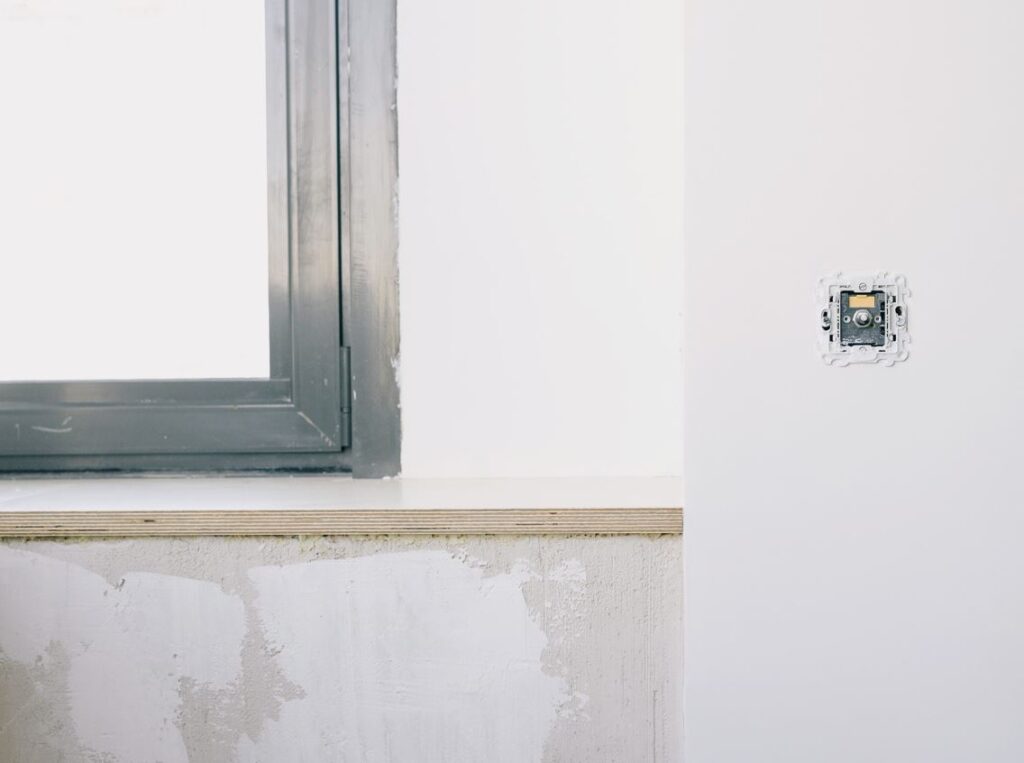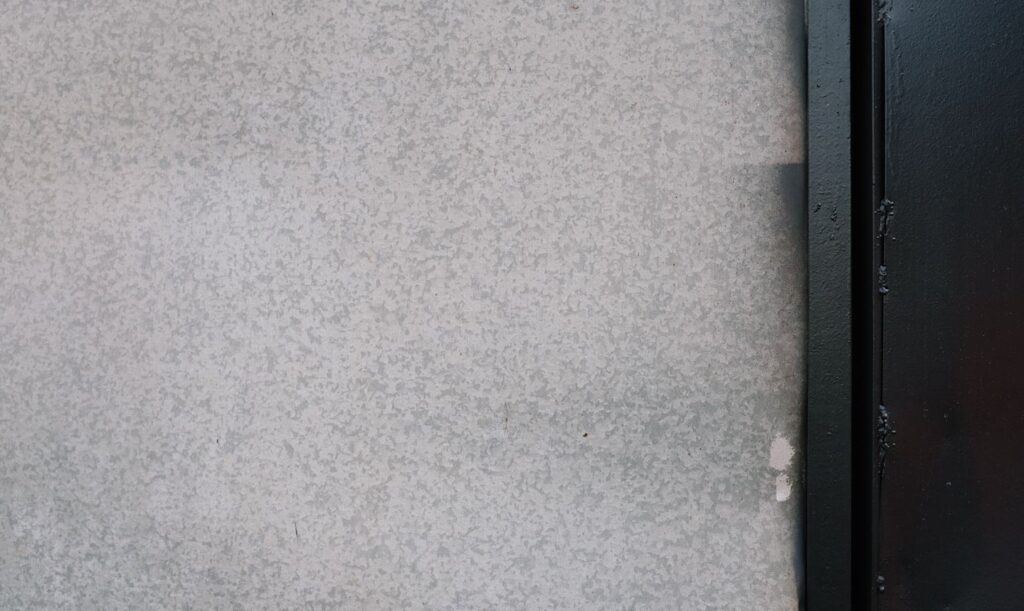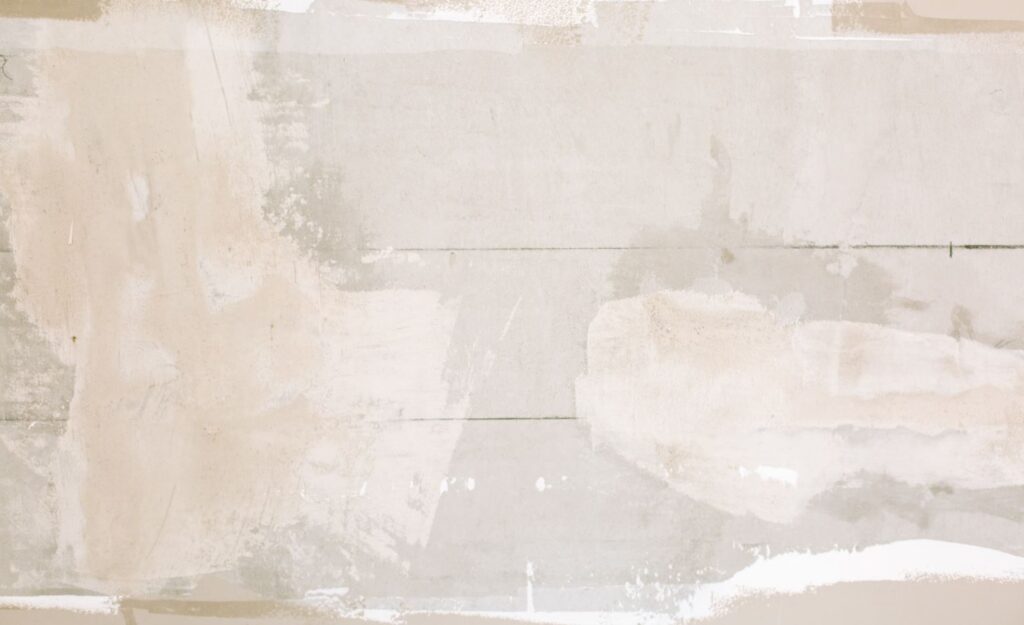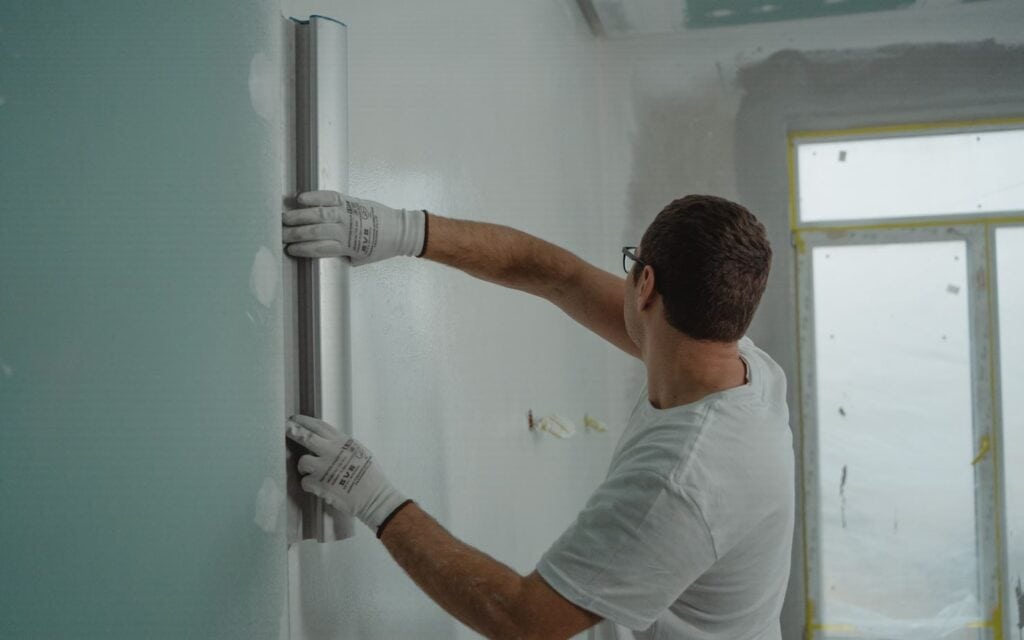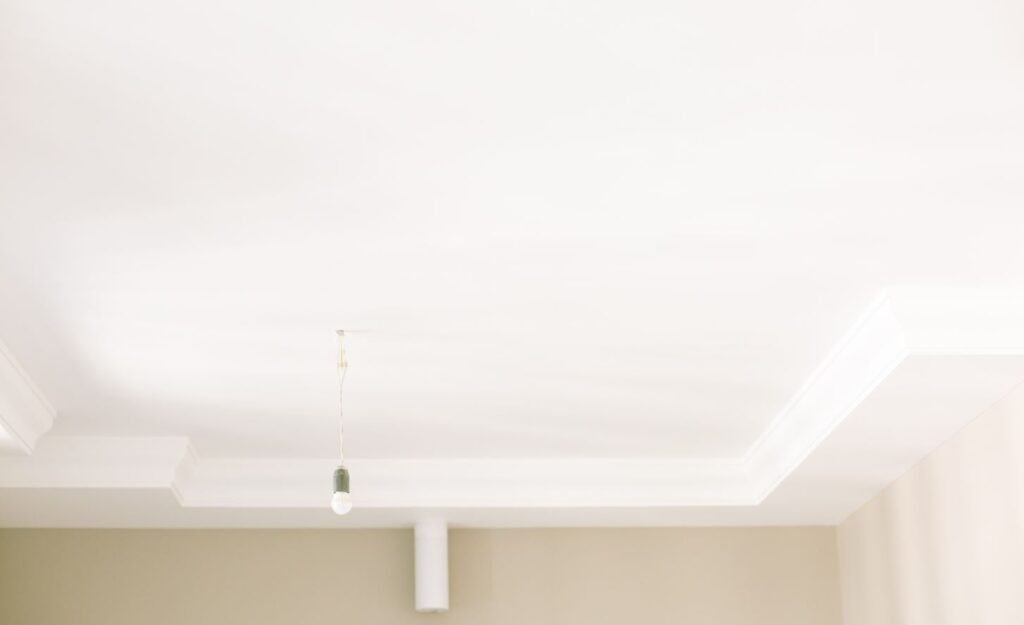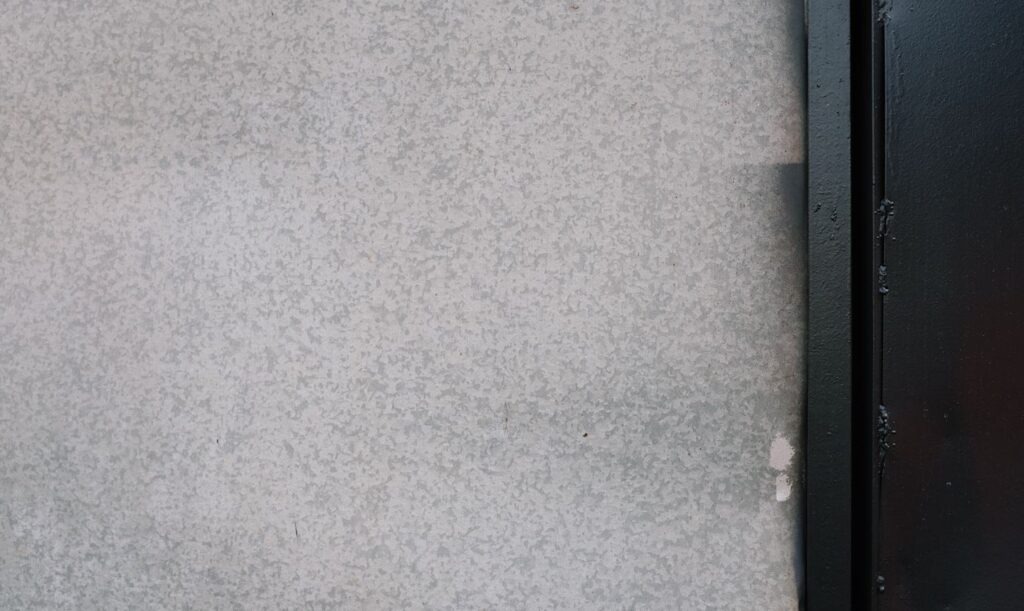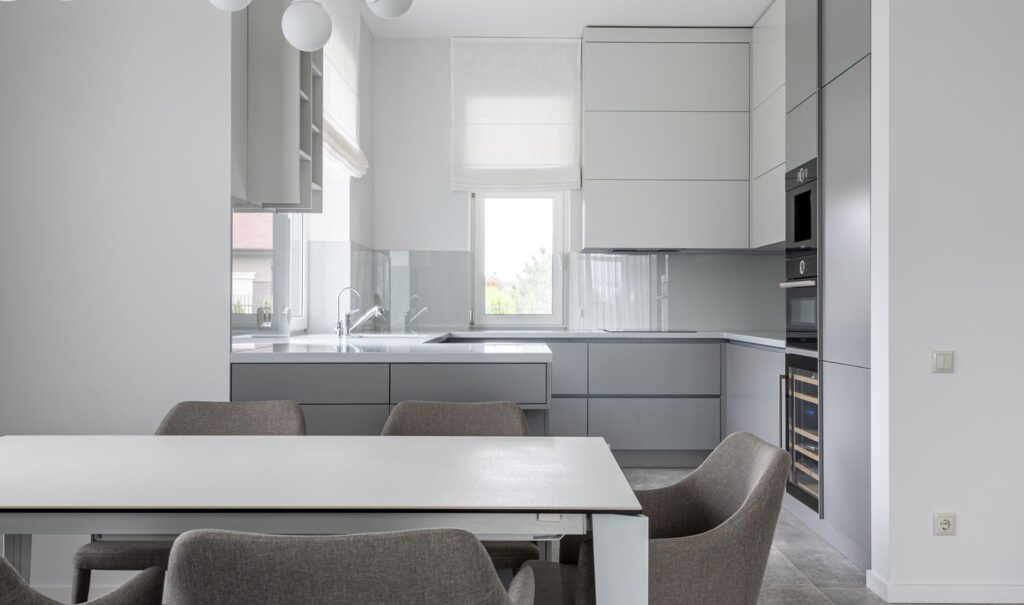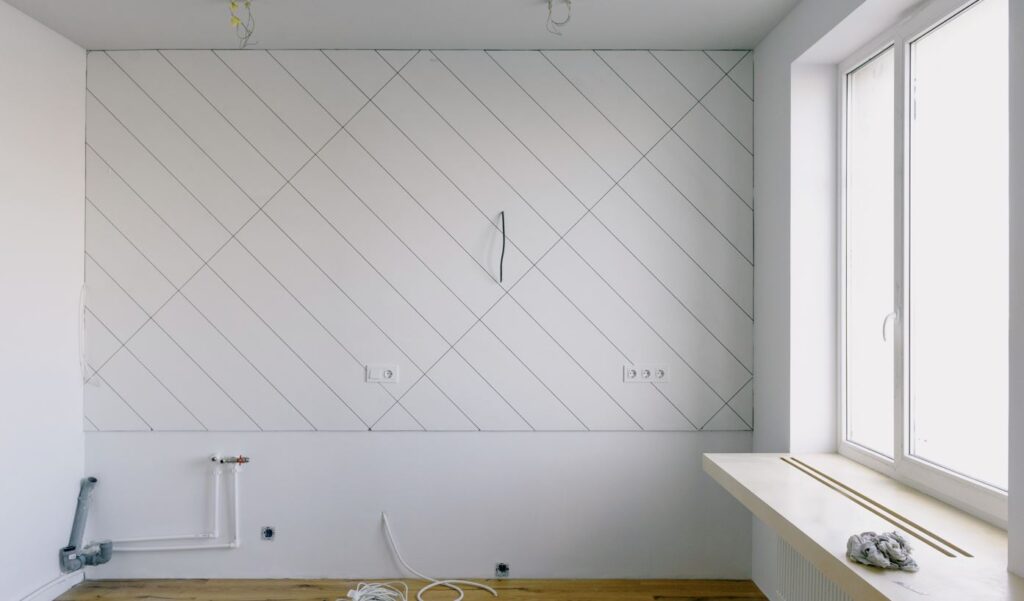Plastering and skim coating are often used in the building trade to complete walls. Despite their superficial similarities, there are important distinctions between the two procedures.
Plastering and skimming are two methods commonly used to finish and treat the surface of interior walls. Both approaches can be used to make sleek and attractive surfaces, but knowing the distinctions between them is essential for success.
We'll discuss the key distinctions between plastering and skimming, as well as provide advice on when to employ each technique.
Understanding the Distinction Between Plastering and Skimming
If you have settled on plastering the walls, you have two common approaches to pick. They are putting up drywall and skim coating. The former is less well-known, although it provides similar advantages. Knowing the many advantages each option offers will simplify your decision.
Plastering and skim coating are fundamental processes in building and remodelling. You must know the difference between plastering and skimming to achieve professional results when painting, remodelling, or repairing walls.
Knowing the distinctions between plastering and skimming can help you select the best method for your goals.
What Is Plastering?
Plastering is not only the process of adding plaster to walls, as is commonly believed. Plastering is a general term for the construction industry. When plastering a wall, skim coating is one technique used. Plastering and skim coating are synonymous processes. Plastering includes a step called "skimming."
Instead of hiring just any plasterer, you should find one who has worked on various projects. They ought to know what they're doing and have the proper training. Plaster needs to be applied in multiple layers on various materials. You should experiment with new approaches to achieve the best results.
Plasterers are responsible for a wide variety of plastering tasks. Thus, they must be experts in their field. Some materials, for instance, require more layers of plaster than others, and many diverse techniques are associated with a successful outcome.
Plasterers need to know how to use a variety of plasters, including:
- Plaster of Cement. Typically used as a base coat and then a second coat before finishing with a plaster. Cement plaster always has a little rough surface finish. It takes about a week to cure, and little cracks could appear during that time.
- Plaster of Gypsum. A pre-made plaster that only requires water to be used. Quickly dries and produces a silky finish. Because of its poor moisture resistance, it shouldn't be used in damp environments like kitchens, cellars, or bathrooms.
- Plaster of Lime. This type of plaster is called "breathable" because it actively seeks out and evaporates ambient moisture. Lime cures slowly but produces a smooth, long-lasting surface that is also a good thermal insulator.
What Is Skimming?
Skimming is a plastering method involving applying a very thin coat to the wall. In most cases, it is used to improve the look of an already plastered wall. Skimming is difficult; thus, having a professional do it is best. You could ruin the walls and ceiling if you need to know what you're doing.
Skimming is applying a very thin coat of plaster to a surface in preparation for painting or wallpapering. A skim coat can be used to complete a patched plaster wall. Skimming is employed when dry-lining plasterboard creates a smooth, paintable surface.
A nice skim coat takes a lot of work to accomplish. Therefore, using a professional plasterer with plenty of experience is preferable. The tricky part is smoothing the skim plaster to a perfectly flat and level surface after applying it to the wall or ceiling.
DIYers should initially try skimming on a scrap of plasterboard to get the hang of it. Working quickly enough to spread and smooth the plaster before it hardens is the most challenging aspect. If the timing is off, you could create a disastrous situation that would be very expensive to clean up and start over.

The Differences Between Skimming and Plastering
Although they serve distinct functions in the building business, plastering and skimming are essential. Plastering lays a solid groundwork while skimming puts on the finishing touches. The world's foremost artists and architects agree: these methods are crucial for transforming ordinary buildings into works of art.
Application Thickness
When plastering, layers of plaster anywhere from 10 millimetres thick up to 25 millimetres thick are applied. However, a thin covering of plaster, about 2 millimetres to 3 millimetres, is needed for skimming.
Purpose
Plastering can be used to make a sturdy base, fix damaged walls, and insulate a building. On the other side, skimming is all about improving the look of a plastered surface by giving it a smooth, even sheen.
Effort and Time
Plastering demands more time and effort than painting, requiring numerous layers and precise application. Skimming is a rapid and easy process since it involves removing a thinner layer.
Compatibility of Surfaces
Brick, block, and concrete are a few building materials that could benefit from plastering. Skimming, on the other hand, is often done on previously plastered surfaces like painted walls or plasterboard.
Level of Finish
Plastering results in a textured and sturdy surface, making it ideal for high-traffic or high-stress areas. However, skimming results in a refined and smooth surface, making it a good choice for places where perfection in appearance is essential.
Plastering Defect Classification
Plastering has flaws, including blistering, cracking, flaking, softness, efflorescence, popping, peeling, and uneven surfaces. As soon as these plastering flaws are spotted, they must be fixed.
Plaster Surface Blistering
This is known as blistering, when small areas of the plastered surface swell and protrude beyond the surface plane. Plastered surfaces inside the building can develop blisters.
Cracks in Plastering
The plastered surface develops cracks. These fissures might range from nearly invisible hairline fractures to more obviously widening rifts. Crazing is the process of tiny cracks appearing on a surface.
Plaster cracks can appear for various reasons, including temperature changes, surface discontinuities, building structural flaws, poor artistry, excessive shrinkage, etc.
Plastered surface efflorescence
When soluble salts are present in plaster-producing materials and other building materials like bricks, sand, cement, etc., efflorescence forms on the plaster, and the building site water supply may also contain soluble salts.
A whitish crystalline substance composed of soluble salts is brought to the surface as a freshly built wall dries. Efflorescence describes this type of growth, and it has a major impact on how well paint sticks to the wall.
Repeated dry-bushing and washing of the surface can help diminish the visible efflorescence.
Flaking
Flaking occurs when the link between layers of plaster breaks down, causing tiny loose pieces to appear on the plastered surface.
Peeling
Some of the surface's plaster peels away, and a repair is made in its place. This occurrence, known as peeling, is caused by a breakdown in the link between plaster layers.
Popping
Particles that expand when set can sometimes be found in the plaster mix. A conical hole is created in the plastered surface before the particle. Blow or pop refers to the conical shape of the hole.
Rough Plaster Finish
Poor plastering work is what makes the uneven surface problem stand out.
Resulting Plaster Softness
Because of the excessive moisture, a section of the plastered surface has become pliable. Deliquescent salts, high suction from undercoats, and excessively thin finishing coats are the primary causes of such softness.
Damaged Plaster with Rust Stains
When the plaster is placed on metal lath, rust streaks may appear on the finished surface.
Problems With Skim Coating Plaster Walls
Skim coating involves applying joint compound to a wall and smoothing it to a uniform thickness. Drywall panels replaced plaster walls after WWII because they were cheaper and easier to install. Plaster walls are strong because they are installed on little pieces called laths. However, they may break if your house settles after a few decades. It is possible to skim-coat the wall to restore its smoothness, but there are factors that could compromise the outcome.
Loose Plaster
Loose plaster pieces are a common method of concealing the appearance of cracks in a plaster wall. Dry plaster particles can come out of the gaps during skimming, making the skimming compound lumpy and ruining the smooth finish if not removed beforehand.
Trowel Control
It takes practice to skim-coat a whole wall using the same troweling technique. Apply the same amount of pressure at the finish of the skimming process as you did at the beginning for consistent results.
Early Drying
Joint compound, when thinned, dries to a hard powdery finish, but if it dries before being skimmed smooth, it might leave behind bumps and ridges. Premature drying can be exacerbated by porous plaster walls, which absorb moisture from the skim coat before it can be smoothed out.
Overuse of Compound
Because joint compound contracts slightly as it cures, applying several thin applications over the plaster walls is important rather than one heavy one. A thick layer takes longer to dry and may warp, creating an uneven surface on your wall.

Air Bubbles
Using a paddle attachment on a drill to mix the skim compound might cause bubbles to appear in the compound. There may be a need for extra skimming with a trowel to remove bubbles that rise to the surface of the wet compound during the skimming process.
Limited Time
Skim coating is a multi-step process that will put your room out of commission for several days. You have to wait for the skim coats to dry before you can sand them down and apply more.
Conclusion
The construction industry frequently uses plastering and skim coating as procedures for completing and treating interior walls. Plastering is the process of applying plaster to walls, and skimming is a method for achieving a uniform, smooth finish. If you want professional results when painting, remodelling, or repairing walls, you need to realise that plastering requires numerous layers of plaster on diverse materials.
Plasterers need specialised knowledge of and experience with a wide range of plaster types, including cement plaster, gypsum plaster, and lime plaster. Skimming is the process of putting a thin coat of plaster on a wall in order to enhance the appearance of a previously plastered wall. Skimming is labour-intensive, and you should hire a pro if you want a smooth, paintable finish.
When it comes to construction, plastering and skimming, have separate but equal roles, with plastering laying the groundwork and skimming adding the final polish. Creating a solid foundation, repairing damaged walls, and adding insulation are all possible with plastering, while the goal of skimming is to make the plastered surface seem better by creating a uniform gloss.
In conclusion, proficient results in construction and renovation projects require an appreciation for the differences between plastering and skimming. In order to get the greatest outcomes from your construction projects, you need to be familiar with the distinctions between these two methods. Plastering is a more meticulous and time-consuming technique than skimming, which only removes a superficial layer. It can be used on masonry materials such as brick, block, and concrete, as opposed to the plastered surfaces often used for skimming, which include painted walls and plasterboard. Plastering creates a textured and durable surface, making it an excellent choice for areas that experience a lot of wear and tear. Skimming produces a polished and smooth finish, making it a superb option for settings where aesthetic excellence is paramount.
Blistering, cracking, flaking, softness, efflorescence, popping, peeling, and uneven surfaces are all problems that can occur with plaster. These issues require immediate attention. When localised parts of a plastered surface swell and protrude above the surface plane, this is known as blistering. Plaster cracks may appear as a result of fluctuations in humidity and temperature, as well as imperfections in the building's framework, sloppy workmanship, or extreme contraction. When efflorescence appears on plaster, dry-bushing and washing it off repeatedly usually does the trick.
When the bond between plaster layers weakens, flaking results; this manifests as tiny, flaky particles on the plastered surface. Some of the plaster will peel off, and you'll hear popping as the particles expand and harden.
Poor plastering results in an uneven plaster finish, which in turn leads to softness from excess moisture and damaged plaster with rust streaks. Plaster walls can be "skim coated," or given a uniform thickness, by applying joint compound and smoothing it out. However, loose plaster, premature drying, an excess of the compound, and air bubbles are all potential issues with skim coating. Skimming is a multi-step process that might take many days, and then you have to sand it and put on more, so factor that in as well.
Content Summary
- Plastering and skim coating are distinct methods used to finish interior walls.
- Understanding the differences between plastering and skimming is essential for successful results.
- Plastering involves adding plaster to walls, including a step called "skimming."
- Plastering requires expertise and knowledge of various materials and techniques.
- Different types of plaster, such as cement, gypsum, and lime, are used in plastering.
- Skimming is a thin coat of plaster applied to a surface to improve its appearance.
- Skimming is best done by professionals due to its difficulty and potential for mistakes.
- Skimming is used to complete patched plaster walls and create a smooth, paintable surface.
- Plastering creates a textured and sturdy surface, while skimming results in a refined and smooth finish.
- Plastering is used to make a sturdy base, fix damaged walls, and insulate buildings.
- Skimming is focused on enhancing the look of a plastered surface.
- Plastering requires more time, effort, and multiple layers compared to skimming.
- Plastering is suitable for materials like brick, block, and concrete, while skimming is often done on previously plastered surfaces.
- Plastering can have flaws such as blistering, cracking, flaking, efflorescence, and uneven surfaces.
- Skimming can be challenging for DIYers, and mistakes can be costly to fix.
- Plastering is used as a base for painting or wallpapering, while skimming provides a smooth surface for those applications.
- Plastering involves thicker layers of plaster (10-25mm), while skimming requires a thin covering (2-3mm).
- Plastering creates a textured and durable surface suitable for high-traffic areas.
- Skimming produces a refined and smooth finish, ideal for areas where appearance matters.
- Plastering defects include blistering, cracking, efflorescence, flaking, peeling, popping, and uneven surfaces.
- Skim coating can be challenging due to factors such as loose plaster, trowel control, early drying, and overuse of compound.
- Mixing skim compound with a drill can create air bubbles that need to be removed during the skimming process.
- Skim coating is a multi-step process that takes several days to complete.
- Proper preparation and removal of loose plaster particles are necessary before skim coating.
- Consistent troweling technique is crucial for a smooth skim coat.
- Premature drying of joint compound can result in bumps and ridges on the skim coat.
- Applying multiple thin coats of compound is preferable to a thick layer for even drying and avoiding warping.
- Air bubbles in the skim compound may require additional skimming and smoothing.
- Skim coating requires waiting for each coat to dry before sanding and applying more.
- Plastering and skimming are fundamental processes in building and remodelling.
- Plastering and skimming can transform ordinary buildings into works of art.
- The choice between plastering and skimming depends on the desired outcome and the condition of the walls.
- Hiring a professional plasterer is recommended for both plastering and skimming to ensure quality results.
- Plastering and skimming have different purposes, effort levels, and time requirements.
- Understanding plastering defects and potential issues with skim coating helps in achieving satisfactory results.
- Skim coating is a cost-effective way to restore smoothness to damaged plaster walls.
- Skimming creates a paintable surface that enhances the overall appearance of a room.
- Plastering and skimming have different application thicknesses, with plastering requiring thicker layers.
- Skim coating is commonly done on previously plastered surfaces or painted walls.
- Plastering provides a sturdy base for wall finishes and helps with insulation.
- Skimming is focused on achieving a smooth, even sheen on the plastered surface.
- Plastering and skimming require different levels of expertise and techniques.
- Plasterers need to be knowledgeable about various types of plaster and their applications.
- Skim coating should be practiced on scrap plasterboard before attempting on walls.
- Plastering defects such as cracks and efflorescence need to be addressed before skimming.
- Plastering is a versatile technique suitable for different building materials like brick, block, and concrete.
- Skimming is a quick and easy process compared to plastering, but it still requires skill and precision.
- Plastering provides a textured surface ideal for areas with high wear and tear.
- Skimming creates a refined surface suitable for areas where appearance is important.
- Proper preparation and choosing the right technique are crucial for successful plastering and skimming projects.
FAQs About Plastering & Skimming
Skimming typically requires tools such as trowels, a hawk (a flat square platform for holding plaster), and sandpaper for smoothing the surface after the skim coat is applied.
While small-scale plastering or skimming projects can be attempted by homeowners with the necessary skills, larger or more complex projects are usually best left to professional plasterers who have the expertise and experience.
The drying time for plastering can vary depending on factors such as the thickness of the plaster and environmental conditions. It typically takes several days for the plaster to dry completely.
Skimming tends to dry relatively quickly compared to plastering. Depending on the thickness of the skim coat and environmental conditions, it can take anywhere from a few hours to a day to dry.
Yes, both plastering and skimming create surfaces that are suitable for painting or wallpapering. However, it is important to ensure that the plaster or skim coat is completely dry and properly prepared before applying paint or wallpaper.

